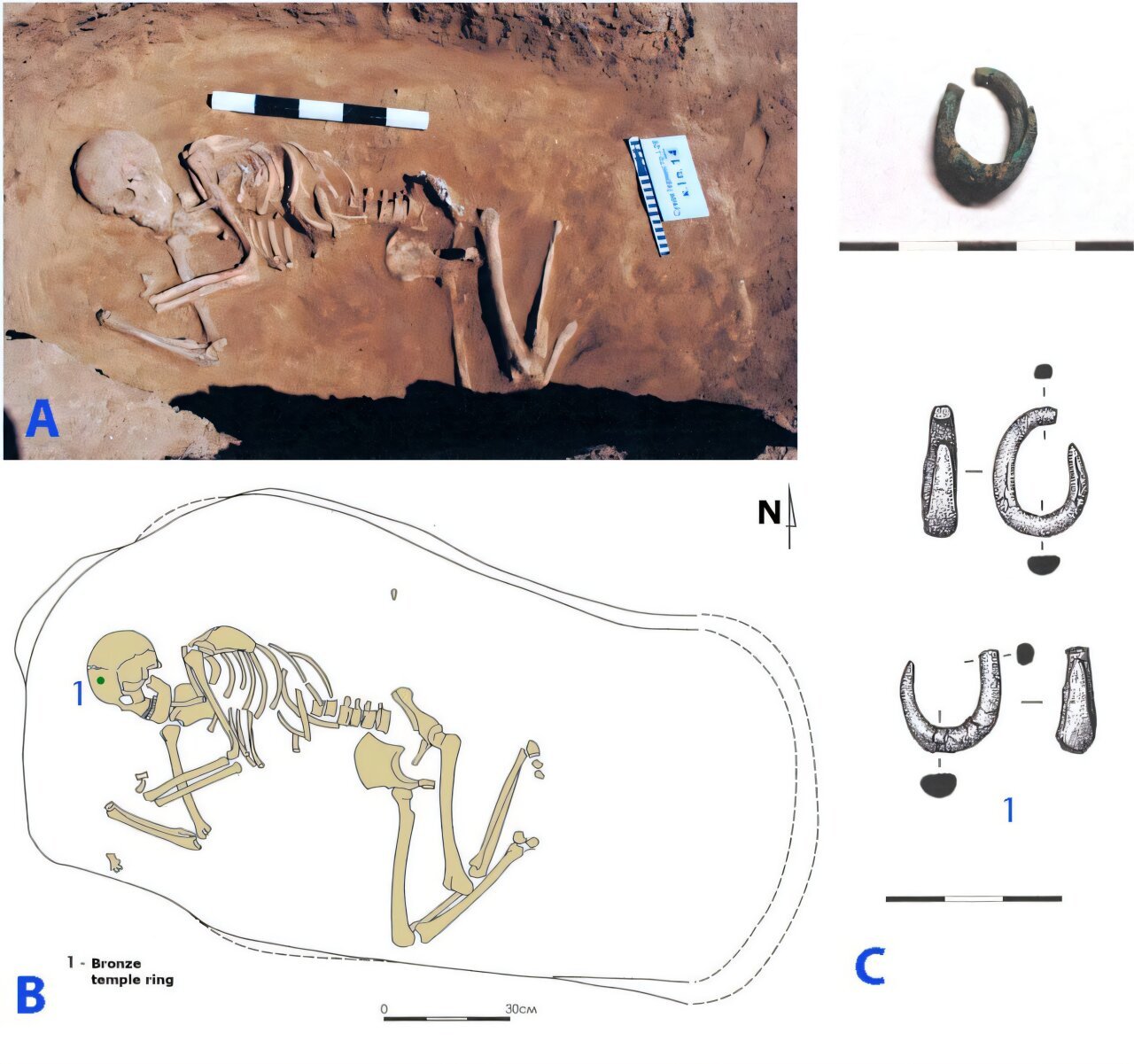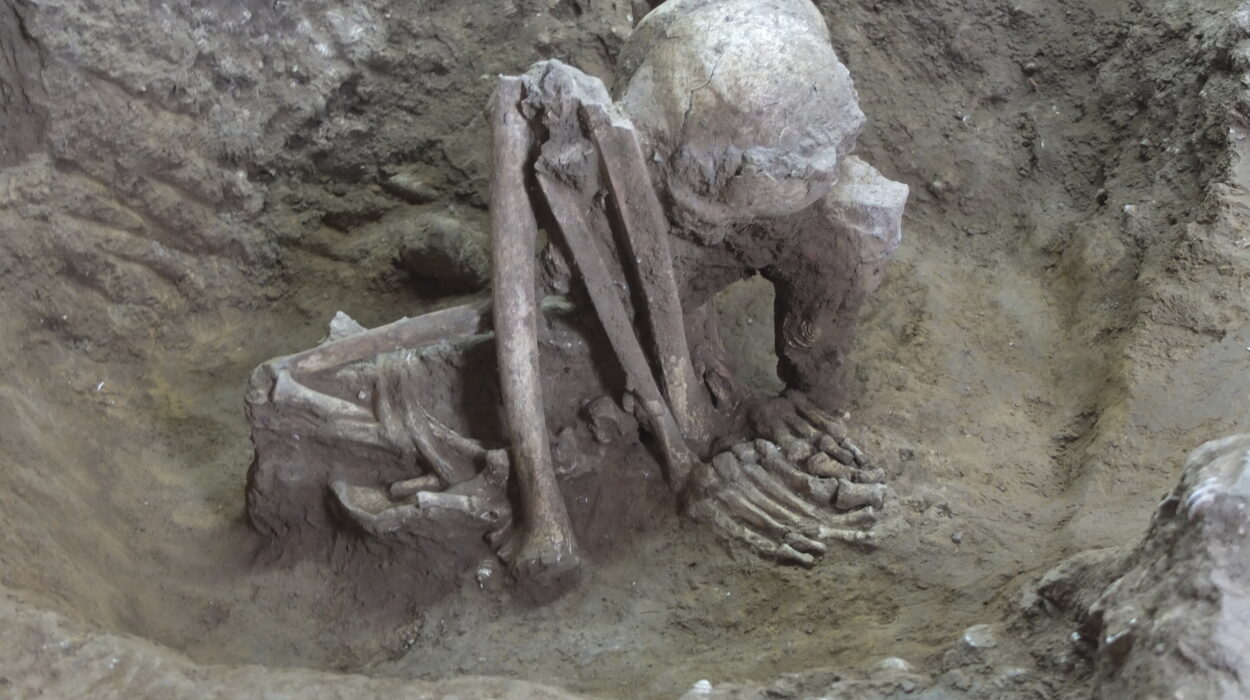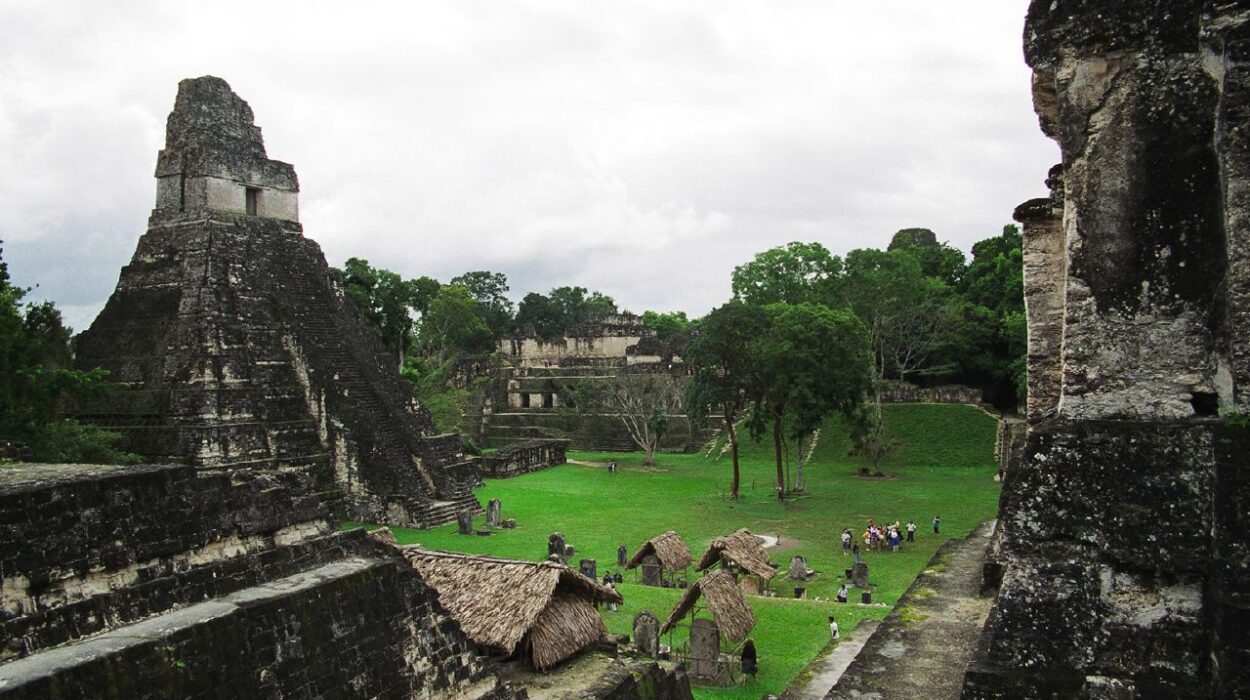The Indo-European language family is the most widely spoken in the world today, with over 400 languages including major branches like Germanic, Romance, Slavic, Indo-Iranian, and Celtic. Collectively, these languages are spoken by nearly half of the world’s population. The quest to trace the origins and spread of this vast language family has occupied historians, linguists, and anthropologists for centuries. Though Proto-Indo-European (PIE), the hypothesized common ancestor of these languages, has long been a subject of research, significant gaps have remained in our understanding of its origins.
Now, a groundbreaking study by Ron Pinhasi and his team at the University of Vienna, in collaboration with the ancient DNA laboratory at Harvard University led by David Reich, has made a significant contribution to solving this puzzle. The study, published in Nature, analyzes ancient DNA from 435 individuals excavated from archaeological sites across Eurasia that date between 6400–2000 BCE. The findings of the study are providing crucial new insights into the complex ancestry of the Indo-European-speaking populations.
The New Link: The Caucasus-Lower Volga Population
Previous genetic studies, including those focused on the Yamnaya culture of the Pontic-Caspian steppes (around 3300–2600 BCE), have made clear the importance of these populations in shaping the genetics of modern Eurasian populations. The Yamnaya people expanded into both Europe and Central Asia, leaving a significant genetic legacy in the form of what is known as steppe ancestry, which significantly influenced European genomes from 3100–1500 BCE. This migration is widely thought to have been a major vector for the spread of Indo-European languages across the continent.
However, one key gap remained: Anatolian, the branch of Indo-European languages that includes Hittite (arguably the oldest branch), did not exhibit steppe ancestry, unlike the other branches of the language family. This anomaly had puzzled researchers for some time.
The new study, spearheaded by Pinhasi, identifies a previously under-recognized population from the Caucasus-Lower Volga region. Dated between 4500–3500 BCE, this Eneolithic population, living between the North Caucasus Mountains and the lower Volga River, was the missing link between Anatolian and other Indo-European groups. This population, which had not been thoroughly described in earlier genetic studies, appears to have been a crucial component in the early stages of Indo-European language development.

A New Interpretation of Steppe Ancestry
The new research proposes that the Caucasus-Lower Volga (CLV) population provided critical genetic material to a wide range of Indo-European-speaking groups. In particular, the study demonstrates that the Yamnaya culture, which is commonly associated with the spread of Indo-European languages into Europe and Asia, was derived 80% from this CLV group. Interestingly, the CLV population is also shown to have contributed at least 10% of the ancestry of Bronze Age Central Anatolians, including the speakers of Hittite.
For years, the lack of steppe ancestry in Anatolian speakers had been a key mystery. This study argues that the Anatolian languages, such as Hittite, did not stem directly from the Yamnaya culture. Instead, they originated from a population with ties to the CLV group, which spoke a language termed Proto-Indo-Anatolian, the ancestor of both Hittite and the broader Indo-European language family.
The study also reveals that the CLV group was central to the integration of proto-Indo-Anatolian, a shared language ancestor that would have united both Anatolian and Indo-European peoples. This integration reached its peak between 4400 BC and 4000 BC, marking a significant period in the cultural and linguistic evolution of the Indo-European family.
A Turning Point in Understanding Indo-European Origins
The discovery of the Caucasus-Lower Volga (CLV) population as the pivotal missing link in the story of Indo-European origins marks a milestone in the centuries-old quest to unravel the roots of this language family. Until now, the origins of Proto-Indo-European and its spread across Eurasia remained clouded in uncertainty. The new findings provide clarity by showing that the CLV group, a population that had previously been overlooked, played a central role in shaping the linguistic and genetic makeup of Indo-European speakers across vast regions.
By analyzing the ancient DNA of populations spanning thousands of years, the researchers have not only connected the Yamnaya culture to both Hittite speakers and broader Indo-European groups, but they have also shown that the Caucasus-Lower Volga region acted as a crucial nexus in the complex history of these languages. The study provides compelling evidence that this previously underrecognized population was foundational to the emergence of the Indo-Anatolian language, the precursor of both Hittite and all later Indo-European languages.
Implications for the Study of Indo-European Migration and Language Evolution
The CLV group’s influence on both Anatolian and Indo-European populations offers profound implications for our understanding of prehistoric migrations and the spread of languages. It also provides a new lens through which we can view the relationships between early Eurasian societies and their linguistic development. In essence, the findings suggest that the Caucasus-Lower Volga population was not only the key link between steppe ancestry and Anatolian languages, but it also provided a genetic and cultural foundation for the proto-Indo-European language that would go on to spread across much of Europe, the Middle East, and parts of South Asia.
For over 200 years, scholars have been working to reconstruct the pathways by which Indo-European languages spread across Europe and Asia. This new study brings us closer to understanding the complex web of migrations and cultural interactions that led to the proliferation of one of the world’s most influential language families.
Conclusion: A Turning Point in the Quest for Indo-European Origins
In summary, the discovery of the Caucasus-Lower Volga (CLV) population as the missing link in the story of Indo-European language origins is a groundbreaking moment in the field of historical linguistics and genetic anthropology. By shedding light on the complex interactions between early Eurasian populations and their role in shaping the Indo-European language family, this study contributes significantly to our understanding of the origins of some of the world’s most widely spoken languages.
As Ron Pinhasi and his team conclude, this new understanding of the Indo-European family, shaped by the genetic evidence from ancient DNA, marks a turning point in the long-standing quest to trace the origins of Proto-Indo-European and its global spread. The next steps in this journey will no doubt bring further revelations, but for now, the connection between the Caucasus-Lower Volga population and the spread of Indo-European languages represents a landmark achievement in unraveling the historical and linguistic mysteries of the ancient world.
Reference: Iosif Lazaridis, The genetic origin of Indo-Europeans, Nature (2025). DOI: 10.1038/s41586-024-08531-5. www.nature.com/articles/s41586-024-08531-5






